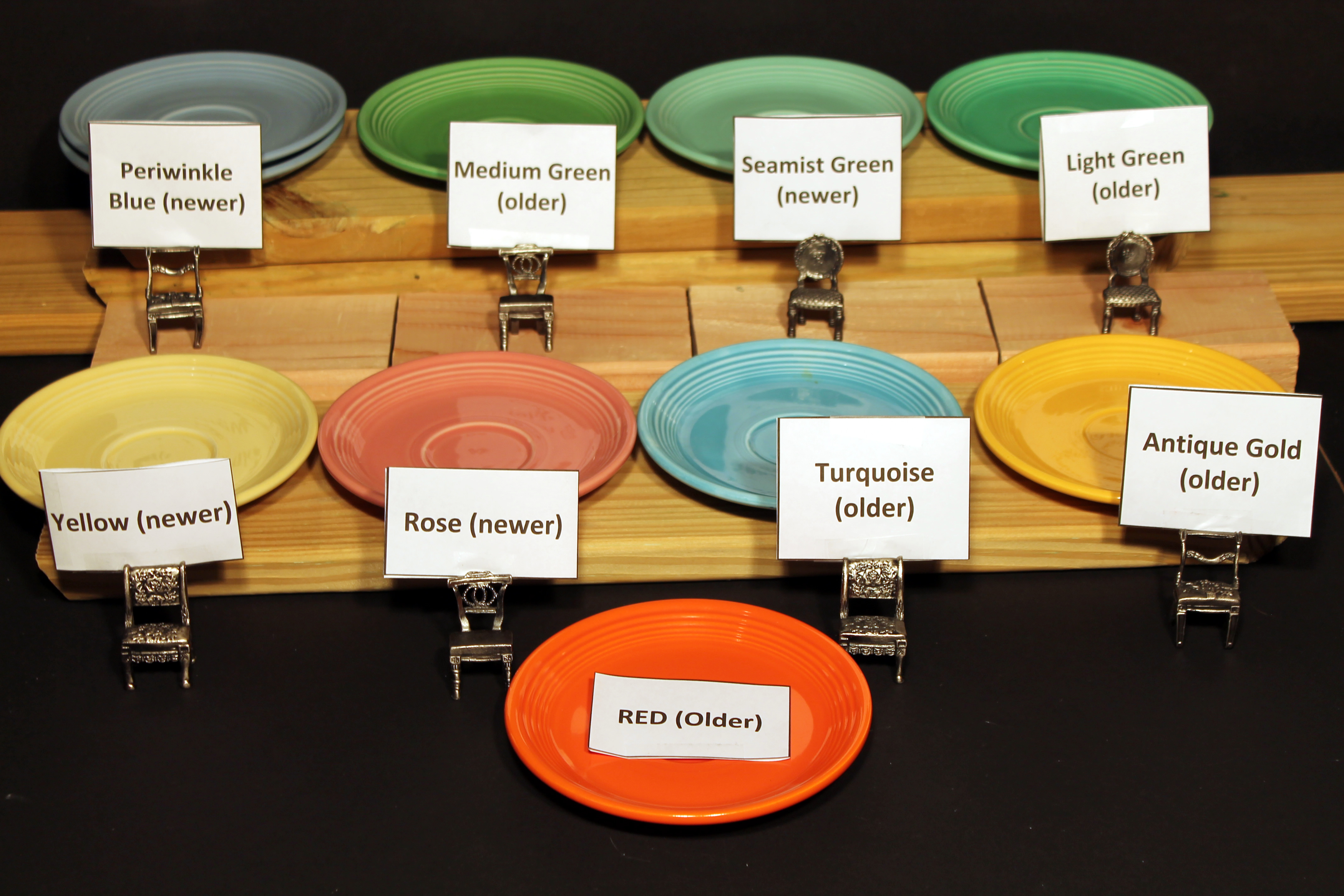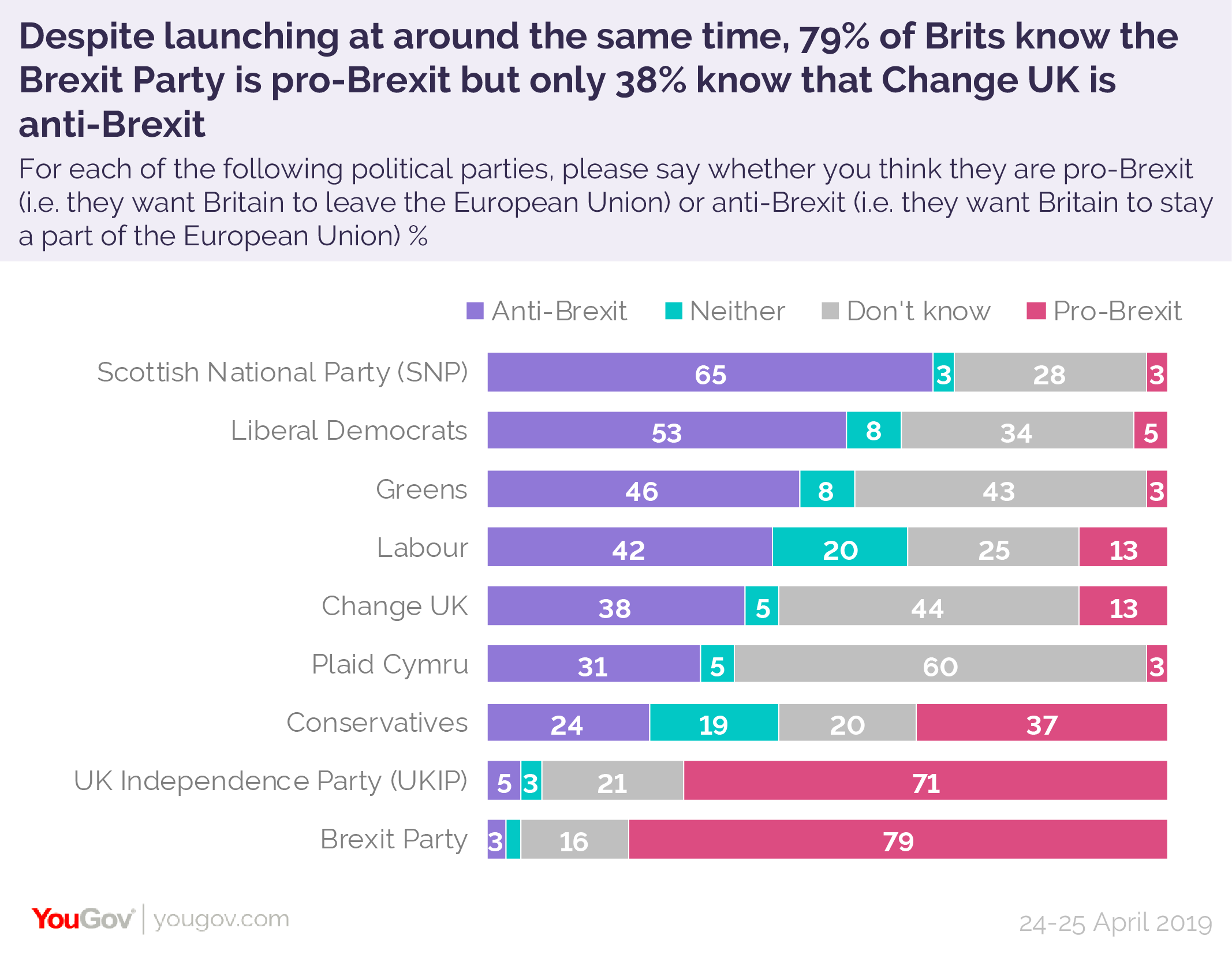7 Facts to Remember About Blood Oxygen Saturation Levels. It is a matter of gas laws.
 Apple Watch 6 S Blood Oxygen Sensor Is Unreliable And Misleading The Washington Post
Apple Watch 6 S Blood Oxygen Sensor Is Unreliable And Misleading The Washington Post
In plain areas the blood oxygen saturation of normal people is above 94 and the oxygen supply is insufficient below 90.

What oxygen saturation is too low. Hypoxemia occurs when levels of oxygen in the blood are lower than normal. Under most circumstances breathing room air normal readings range from 95 to 100 percent. Normal arterial oxygen is approximately 75 to 100 millimeters of mercury mm Hg.
What is the cause of low blood oxygen saturation. With some diseases your normal range may be different. Therefore the SpO2 alarm lower limit of the pulse oximeter is generally set to 90.
In most lung diseases such as pneumonia falling saturations accompany other changes including stiff or fluid-filled lungs or rising levels of. Values under 60 mm Hg usually indicate the need for supplemental oxygen. 5 It is highly important to determine the cause of low oxygen saturation in order to correct the problem.
When oxygen saturation levels fall below 92 the pressure of the oxygen in your blood is too low to penetrate the walls of the red blood cells. The lower the oxygen level the more severe the hypoxemia. Low levels may indicate an underlying problem such as a respiratory disease or vitamin deficiency.
An oxygen level below 85 warrants a trip to the hospital. This can lead to complications in body tissue and organs. Blood carries oxygen to the cells throughout your body to keep them healthy.
In general normal levels of oxygen saturation are between 75 and 100 millimeters of mercury mm Hg. An oxygen level below 88 can be dangerous for any period of time. The brain is the most susceptible organ to hypoxia and cognitive and visual function may be impaired when oxygen saturation levels are at 80 to 85.
If your oxygen saturation is 92 93 94 95 or over 96 it means that there is sufficient oxygen in your body blood and enough oxygen is reaching your. A normal blood-oxygen saturation is at least 95. The oxygen saturation level also known as SPO2 stands for serum S pressure P and oxygen O2.
In most people the body needs a minimum of 95 of oxygen. Levels above 90 percent are not considered low so you probably are worrying unnecessarily. Low blood oxygen known as hypoxemia means that the level of oxygen in the blood has dropped below average normal levels due to one or more of many different causes.
Normally a PaO 2 reading below 80 mm Hg or a pulse ox SpO2 below 95 percent. If blood oxygen levels are too low your body may not work properly. You have good blood oxygen levels if it measures 95-100 while below 90 is considered abnormal and you should contact your doctor immediately.
Numbers below 60 mm Hg are cause for concern and typically require supplemental oxygen to keep your organs functioning properly. If you use a pulse oximeter you measure the oxygen saturation percentage. While people with COPD often have lower oxygen saturation and can safely fall between 92 and 88 when it comes to a normal oxygen saturation for them it is still essential not to let it fall too low.
Normal pulse oximeter readings usually range from 95 to 100 percent. Hypoxemia can cause mild problems such as headaches and shortness of breath. A PaO 2 reading from an ABG test that is below 75 mmHg and an O 2 sat reading from a pulse oximeter test that is below 95 both indicate a low oxygen level in your blood.
Some experts set blood oxygen saturation as the standard for hypoxemia. Your insurance company may not pay for oxygen unless your levels fall to 88 oxygen saturation. While a normal reading for a healthy person is typically between 100 and 95 a person with COPD may maintain an oxygen level of 94.
There are a lot of factors when it comes to your normal oxygen saturation level and if you have COPD you might find that your normal O2 saturation levels are lower than the normal range. If you have test results at or below these readings you have hypoxemia.


)








